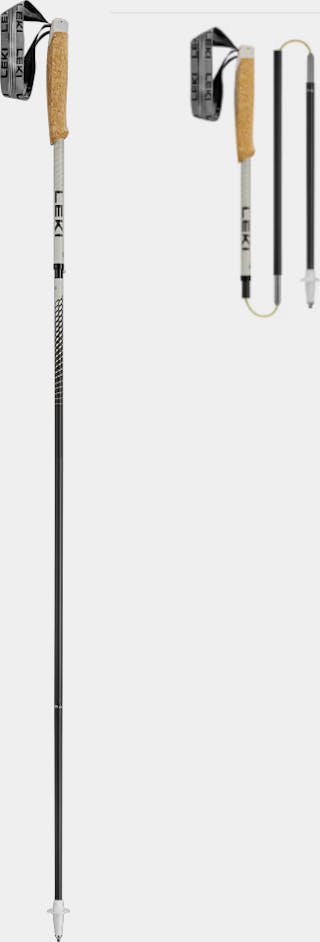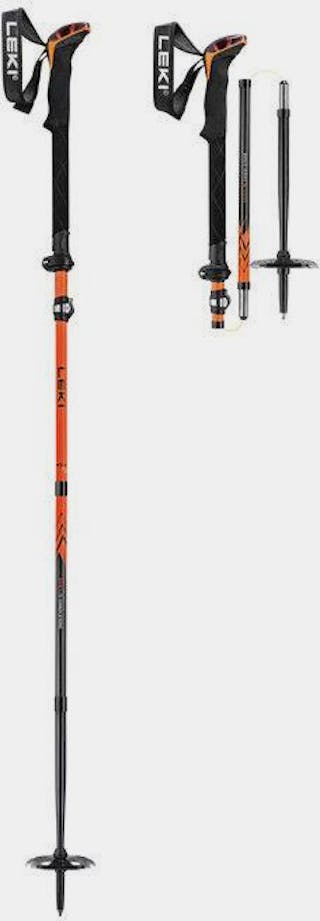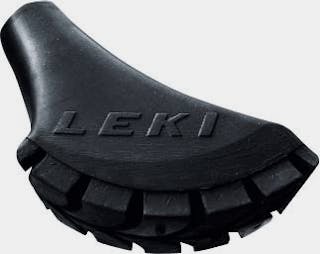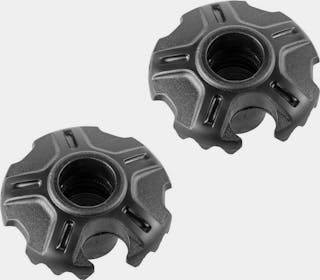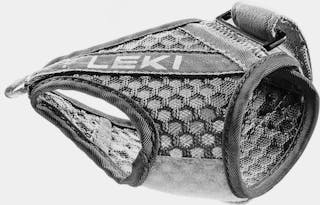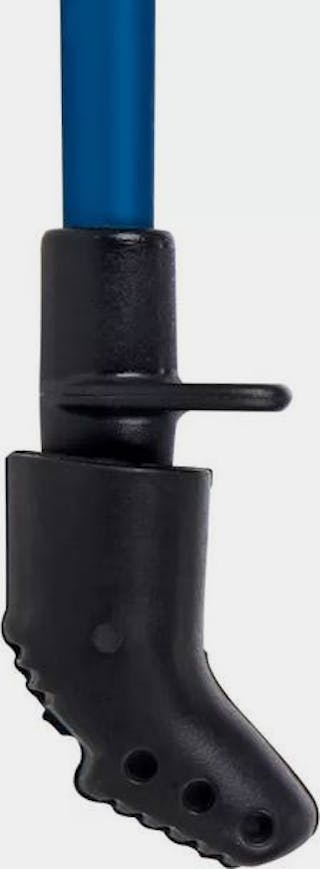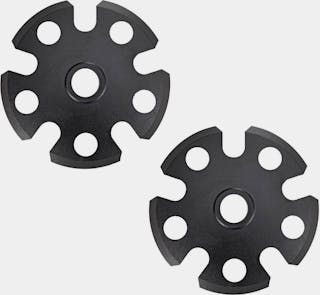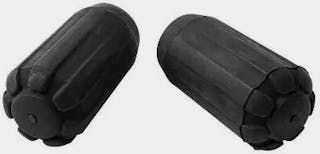Trekking poles save your knees and help with balance
Trekking poles, used for decades in alpine terrains, are also perfectly suited to the landscapes of the Nordic countries. Many use sturdy trekking poles when hiking in the fells with a heavy backpack, and they are also great for relaxed Nordic walking. Even if you don’t use poles all the time, they are easy to carry, and on a hike, a single pole can make a critical river crossing much safer.
Special models for trail running and mountain use
Trail and mountain running are becoming increasingly popular. For these activities, especially lightweight and foldable (as opposed to telescopic) poles are made. Many running backpacks have specific holders for trail running poles.
A useful tool also at camp
Trekking poles are useful for setting up tarp shelters and certain tents. Some tents use poles as their only supports, while others allow poles to be added for extra stability.
Materials adapted to use
The most common material for trekking poles is aluminum. A few top models are made from extremely lightweight carbon fiber. Almost all trekking poles are foldable in some way. The traditional option is a telescopic model where two, three, or even four sections slide into each other to adjust the length. The alternative is a folding model where the sections are folded into a “stack” after unlocking.
Year-round use
Trekking poles can be equipped with larger snow baskets, making them suitable for forest and backcountry skiing as well as snowshoeing. Standard trekking pole baskets have a diameter of 4–5 cm and are suited for summer terrain.
Order now from a Finnish outdoor specialist!
Explore our selection featuring Leki, Black Diamond, and TSL poles.
